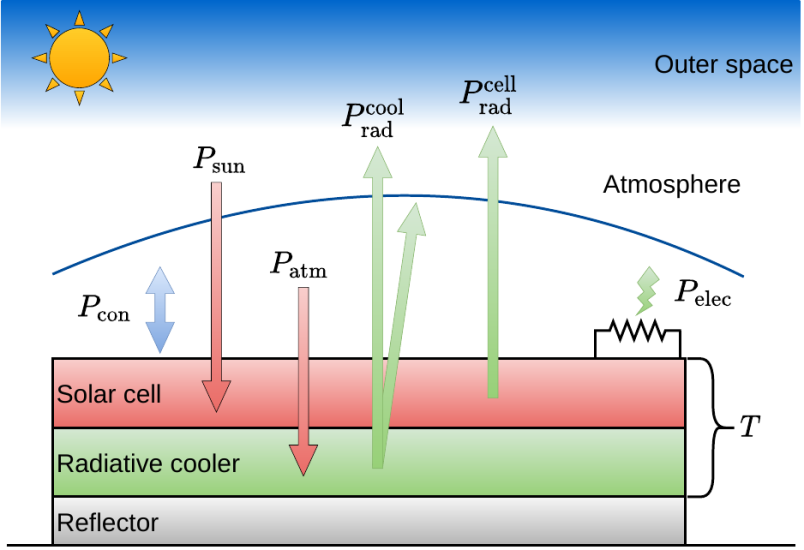Earlier this month, the latest research on using cement-based radiative coolers to enhance solar photovoltaics was presented at the 16th International Congress on the Chemistry of Cement (ICCC2023).

Part of the European Union’s MIRACLE project exploring sustainable cement and concrete solutions, the talk focused on designing practical cement-based coolers to reduce operating temperatures of solar cells.
Titled “Cement-Based Radiative Coolers for Photovoltaics: Towards a Practical Design“, it was delivered by lead researcher Jorge S. Dolado of the Materials Physics Center in Spain.The basic concept involves placing a cement-based radiative cooling layer underneath solar cells to absorb less atmospheric radiation and passively emit heat, lowering cell temperature. As solar cells become less efficient at higher temperatures, this cooling effect can substantially boost performance.
MIRACLE’s team developed specialized cement paste mixtures that act as broad-spectrum thermal emitters optimized for solar applications. Modelling shows cement coolers could decrease cell temperatures by up to 20°C, with the common mineral alite providing excellent radiative cooling capacity

